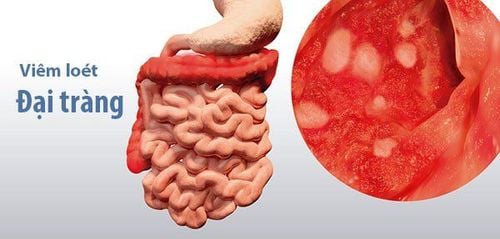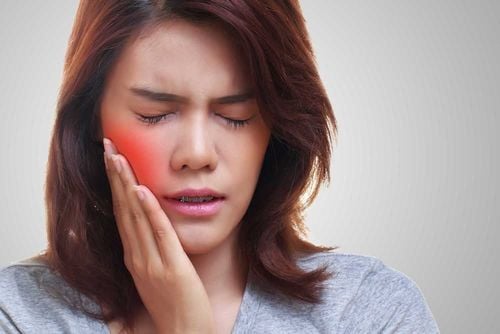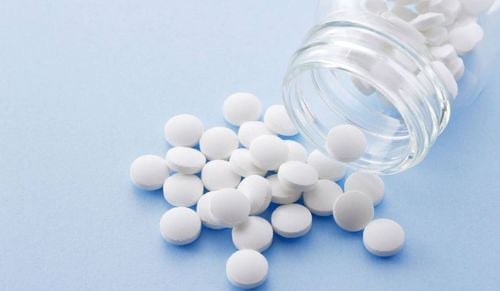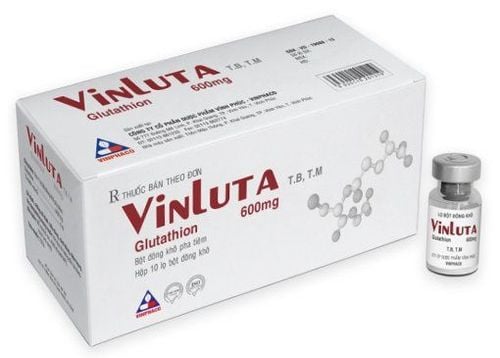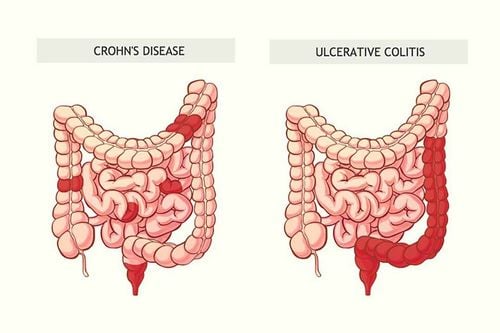This is an automatically translated article.
Written by doctors of Internal Oncology - Radiation Oncology Center, Vinmec Times City International HospitalPalmar-Plantar Erythrodysesthesia is a side effect that can occur with certain chemotherapy drugs or biologics used to treat cancer. For example, capecitabine (Xeloda®), 5-Flurouracil (5FU), continuous infusion doxorubicin, liposomal doxorubicin (Doxil®), and high-dose Interleukin-2.
1. Pathogenesis
Although the exact pathophysiology of this syndrome is unknown, some researchers have hypothesized that it may be related to the "crushing" of the deep capillaries in the soles of the feet and palms. can cause drug penetration into the same capillaries, leading to symptoms. Another report, by Lin et al describing a different mechanism, suggested that this syndrome is a consequence of an inflammatory response, possibly due to COX-2 overexpression. The researchers note that COX-2 is regulated by the chemotherapy process, which can lead to an inflammatory response.Since this condition affects mainly the palms and soles, the researchers also suggest that due to the accumulation of the drug in the sweat or sweat glands of the hands and feet, the characteristic of toxic lesions is caused. this count. Histologically, keratinocyte changes and vacuolar degeneration of the basal layer can be seen, with scattered areas of necrosis. Vasodilation and edema can also be observed. More studies are needed to determine the complete pathophysiology of this common dermal side effect.
Most scientists believe that when drugs are given to a patient for chemotherapy, a small amount of the drug leaks out of very small blood vessels called capillaries in the palms of the hands and soles of the feet. When the patient's hands and feet are exposed to heat (eg, sunlight) as well as to friction in the palms and soles of the feet, the capillary fluid is increased and drug leakage is increased. This leakage of the drug causes the skin of the palms and soles to become red and painful. The redness, also known as palmar erythema, looks like a sunburn. Affected areas may become dry and flaky, with numbness or tingling. In more severe cases, the skin may begin to peel and may develop blisters or sores. Hand-foot syndrome is uncomfortable and can interfere with the ability to perform normal activities.
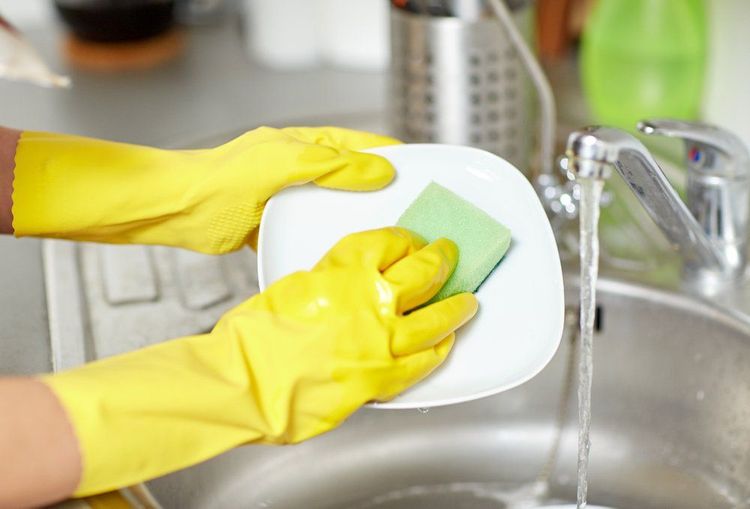
Sử dụng găng tay để bảo vệ làn da khỏi những chất tẩy rửa
2. Prevention of hand - foot syndrome
Prevention: Prevention is very important in trying to reduce the development of hand-foot syndrome. Precautions to prevent this syndrome reduce the severity of symptoms if they appearAvoid prolonged contact of hands and feet with hot water such as washing dishes, long baths or baths. Take a shower with warm water, take a quick shower. Avoid increasing pressure on the soles of your feet or palms. Do not jog, aerobics, walk on the treadmill, or dance - avoid long, long walks... Avoid using garden tools, household tools such as screwdrivers, and other chores that cause damage you have to squeeze your hand on a hard surface. Using a knife to cut food can also cause excessive pressure and friction on your palm. Wear gloves while doing household chores to protect your skin from things like laundry detergent, bleach, cleaning products, and dish soap. Wear loose fitting clothing and loose, comfortable shoes with soft soles. Don't walk barefoot. Drink enough water every day Cooling skin guide:
Placing your palms or feet on an ice pack can feel very comfortable. Do this for about 15-20 minutes at a time, then take a break and repeat. Do so 3-4 times / day (except for patients treated with Oxaliplatin because cold water increases the side effects of Oxaliplatin) Applying lotion, moisturizing these areas is very important Vitamin: Drink Vitamin B6 (pyridoxine) may be beneficial in preventing and treating Pain Relief:
Common pain relievers such as acetaminophen may be helpful to reduce discomfort associated with this syndrome. Do not use pain relievers or anti-allergy medications as they can irritate your skin. Corticosteroids: can be used to treat and prevent hand-foot syndrome, but must adhere to the dose and number of days of treatment according to the doctor. Hand-foot syndrome is graded from 1 to 3, sometimes chemotherapy must be temporary. Discontinue if the side effect is grade 3 or the doctor must adjust the dose of the drug.
Please dial HOTLINE for more information or register for an appointment HERE. Download MyVinmec app to make appointments faster and to manage your bookings easily.




